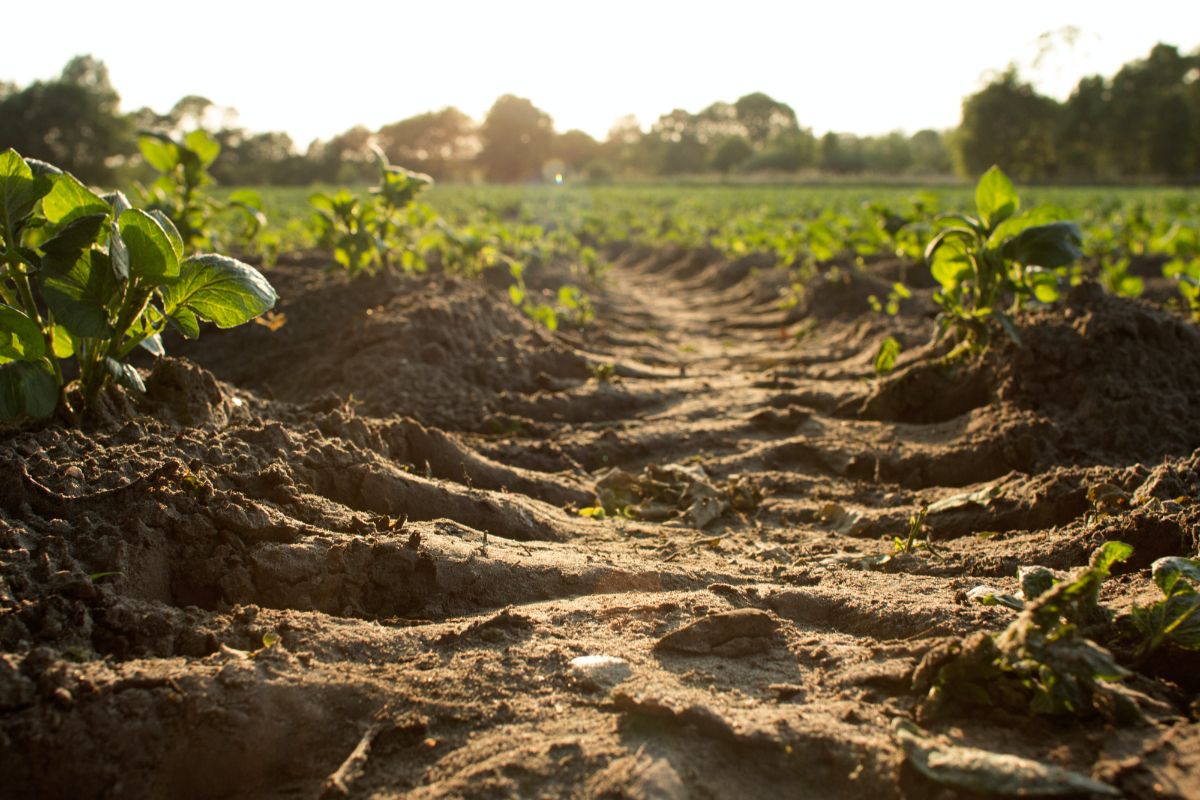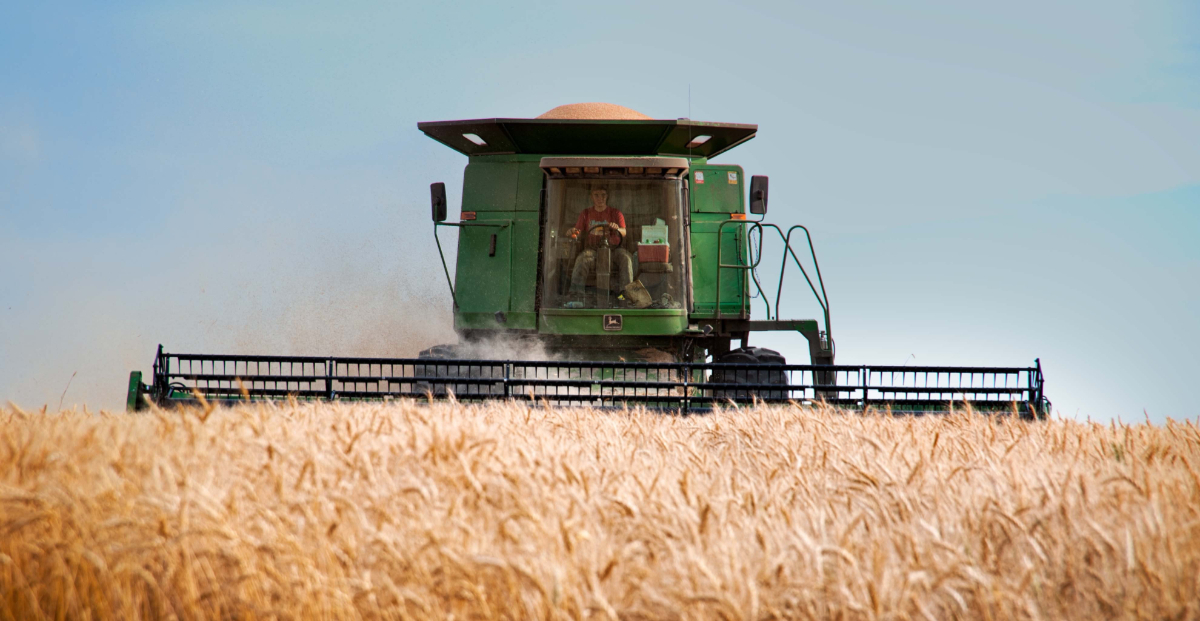What are the things to consider in selecting farm machinery? We look at how to choose the right agricultural machinery and what factors affect the size of machinery needed.
How To Choose the Right Agricultural Machinery
Selecting the correct agricultural machinery for your farm is vital for the best possible crop yields, low machinery costs, reduced labour costs and much more. Below we offer a vast of advice to ensure that you select the right equipment that will work flawlessly with your business whilst reducing equipment costs as much as feasible.
Land Size
The amount of land you own will partially determine the amount of agricultural machinery you require. Farms with more acres will have more crops to plant and to be ready on time, therefore, farmers could benefit considerably from having a decent amount of machinery available.
Additionally, farmers can have further tractors or farm machines available on a pay per use basis for certain seasons. Similarly, farmers can buy used machinery to reduce initial purchase costs.
Soil Type
The type of soil on your land will impact the kind of machinery that works best for you. Before purchase decisions, make sure you know the soil structure to determine if a lighter or heavier machine is suitable.
For example, a farm with light soil may require a lighter machine with higher earth clearance, whilst denser, heavier soil can manage heavy machinery being used.
Some machines, like a plough, are likely to work differently on various soil textures and moisture contents.

Availability of Repairing Facility or Service Center
When working with bulky and heavy machinery you don't want to worry about travelling hundreds of miles to get them repaired. The machine parts or machinery you use must have a brand or manufacturer service centre close by for any needed repairs.
Proximity to service centres reduces unnecessary searching time and prevents serious interruptions to the crucial farming schedule and operations. Noting down the service centre's contact information further speeds up any repairs or maintenance calls for your farm equipment.
Considering the Resale Value
Before any big purchase decisions, you should consider the resale value of the equipment. Consider the varied costs of the machinery including; operational costs, ownership costs, machinery and labour costs. The total sum shouldn't be greater than the machine's resale value.
Brand and Model Name
The way a farm machine looks should certainly not be the focal point of your decisions making. The most important choice should be the brand and brand reputation, this will ensure you avoid unwanted hassle for repairs, and regularly arising issues with the machines.
A good reputable farm brand like Fieldking will offer well-built and reliable machines to help your farm operations become incredibly efficient.
Newer machines are installed with various new technologies with great automatic features that can make farmwork incredibly efficient. Make sure you compare the different brands and choose the equipment that meets all your needs
Check the Machine Design
Each machine runs differently, so make sure you check out all the technical data, this includes; points of wear, vibrations, potential adjustments, points of wear and the noise of the machine. To find out specific details about the machine contact a brand representative or visit a service centre.
Machine Performance
Machinery Costs
After choosing your new machinery figure out how you can reduce the potential costs that may arise. The machinery should be suitable for the size of your farm, purchasing excessively large machinery can lead to unnecessary running and repair costs over the long run.
Similarly, purchasing a machine that's too small for your farmland can lead to lower crop yields and reduced quality.
Ownership Costs
The standard machinery ownership costs cover; property tax, insurance, investment interest, charges for depreciation and machinery housing costs. The size of the machine will directly affect the expenses, as the machine gets bigger so do the costs.
Operating Costs
Expected operating costs of farm machinery will include; fuel, lubricants and repairs. Similarly to other costs, they will fluctuate depending on the size of the machinery. Larger machines will require more fuel and lubricants to efficiently and safely operate, although this may be offset by the increase in work rate.
Labor Cost
A huge benefit to buying farm machinery is the dramatic reduction in labour costs, this is especially true for larger machinery covering wide areas in a short amount of time.
In the case you use part-time or hourly hired labour to operate machinery, you should pay wage rate plus costs for other benefits provided as the labour cost.
If the hired worker or farmer is being paid a fixed wage for operating machinery, then their labour should be viewed as an opportunity cost, or valued by the estimated return if the machine is used elsewhere.
Timeliness Costs
These are often considered the "hidden" costs that are associated with purchasing and owning farm machinery. For example, crop yields and quality of crops will be affected by late, or early, planting or harvesting.
Therefore, the total value of yield losses is professionally referred to as Timeliness Costs.
Total Machinery Costs
The total machinery costs will fluctuate based on a few factors including the size of the machine and the brand or manufacturer.
Each cost is likely to be affected, so consider this before purchase decisions. For instance, a slight increase from a small machine can reduce labour and timeliness significantly, offsetting the high fixed costs.
On the other hand as the size of the machines increases the timeliness cost savings begin to reduce, meaning the total costs rise. Thus, selecting the correct size of machinery is vital to ensure total machinery costs are at their lowest.
What Factors Affect the Size of Machinery Needed
Various farm aspects and characteristics can influence the type of machinery that is recommended. Below we list the key features in order of importance that will influence machinery selection.
Number of Crop Acres
The more crop acres on your farm, the larger the machinery will need to be. The correct size will ensure that any planting and harvesting is done on time, reducing further costs from yield losses. Alternatively, having a second machine unit prevents inefficient planting and harvesting.
Labor Supply
The best measurement for machinery capacity is to determine the number of acres that can be completed in one day.
A relatively inexpensive way of furthering machinery capacity is to increase the labour supply, for instance bringing in extra operators or asking employees to work longer hours during critical farming periods.
A huge benefit is that additional labour costs only need to be incurred during the busy periods, whilst buying larger machinery locks in costs as soon as the purchase is made. However, when the extra labour is required there's the chance it won't be available.
Tillage Practices
Before planting the number of field days required can vary depending on the numerous separate operations that need to be completed on each acre.
To effectively decrease the amount of machinery capacity required to complete operations on time various tillage practices should be performed on the same trip. Although the saved costs from reduced tillage trips can increase the cost of chemicals and damage yields.
Crop Mix
For timely completion of field operations, the crops on the farm should be diversified. With two or more crops the machinery capacity is reduced for the select number of acres, as harvesting differing crops happens over a longer period. On the other hand, it can require additional purchases of machinery, which incurs costs of their own.
Weather
The days that are suitable for fieldwork are heavily dictated by the weather. Yet, weather forecasts aren't predicted far enough in advance to alter machinery purchase decisions, instead using previous years' weather records can help you determine when the upcoming weather. Some documents online offer advice on the workable days of the year in specific farming locations.
Risk Management
Even if the machinery costs, number of crop acres and labour supply don't change, the fluctuations of suitable field days can cause timeliness costs to vary over the year.
Having better quality, bigger machines can ensure crops are planted and harvested on time even with few workable days, in turn reducing the variability of net machinery costs.
Larger machinery ensures greater fixed machinery costs but the costs fluctuate less. With higher fixed cash flow needs, farmers may be inclined to pay more (higher fixed machine costs) for the reassurance of protecting the yield against damages from late planting, harvesting or unworkable days.
Planting and Harvesting Dates
Certain dates for planting and harvesting can impact the crop yield, depending on the farm location. In Scotland, most crops are sown from early January time to late March and harvested in August/September time, although this does vary with each crop and lots of information is available online.
Winter crops will have longer growing seasons compared to other harvests owing to the weather. The Royal Highland Education Trust offer a document containing information regarding the Seasons in Scotland for efficient farming schedules.
If you work in the agricultural industry in Scotland, you can find a range of agricultural machinery for hire. For affordable farm machinery in Aberdeen and Aberdeenshire follow this link to find out more.
